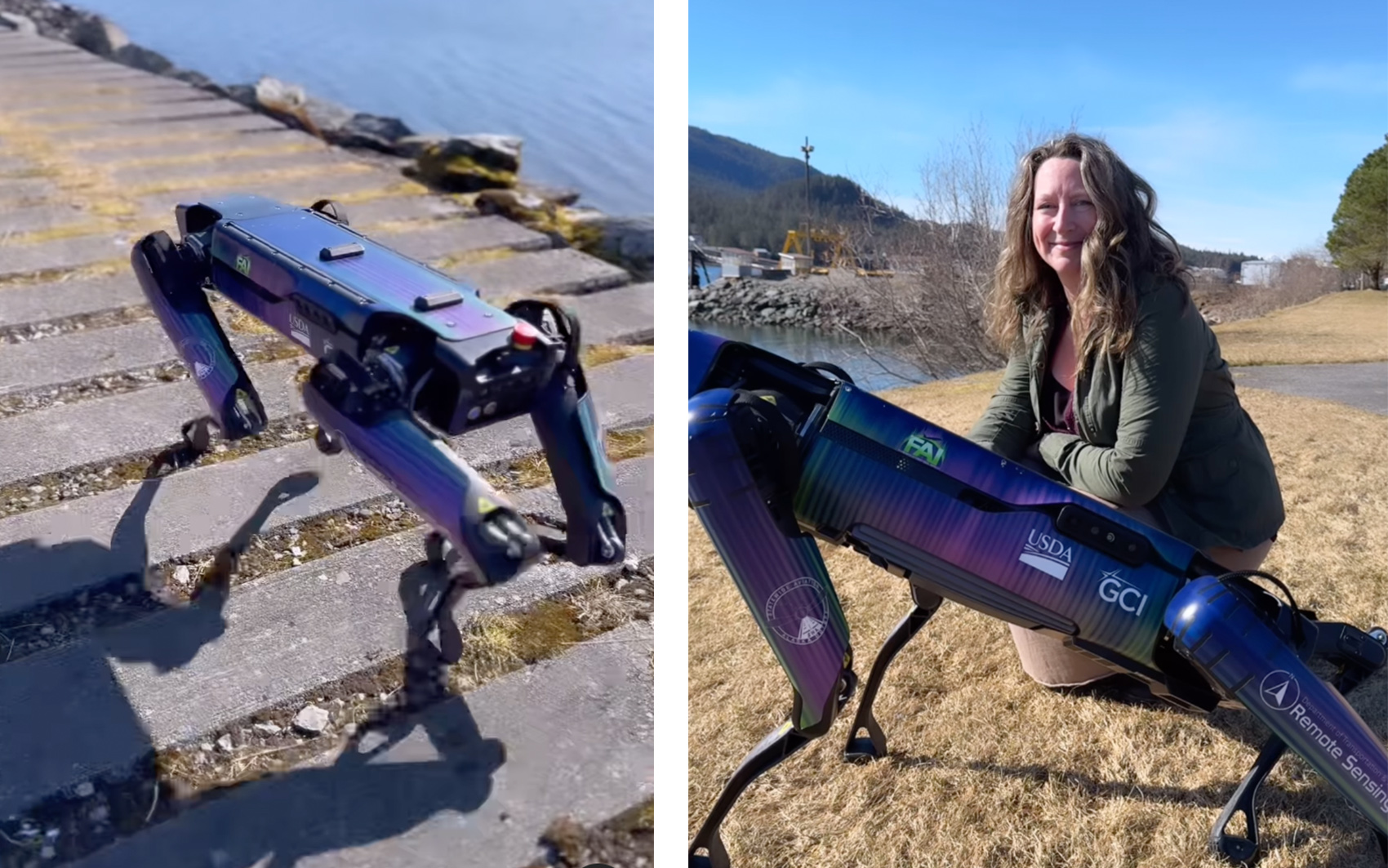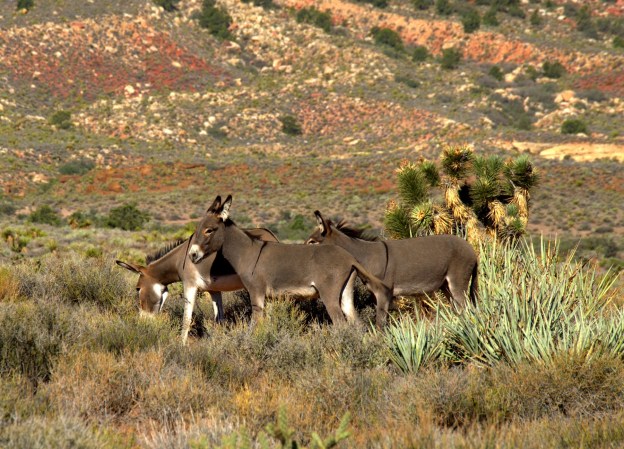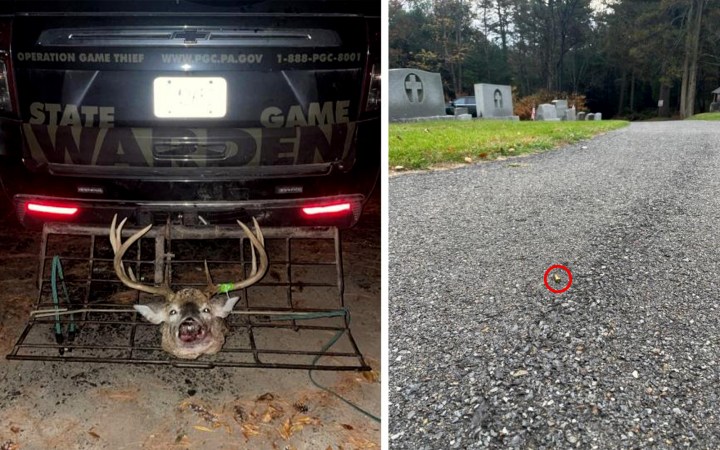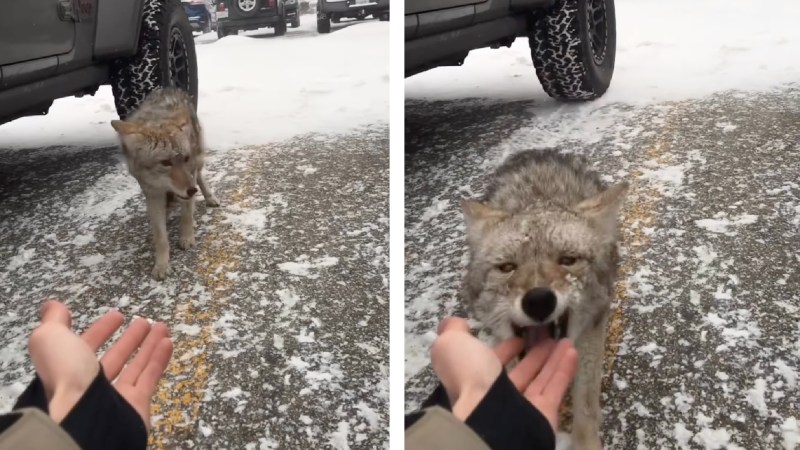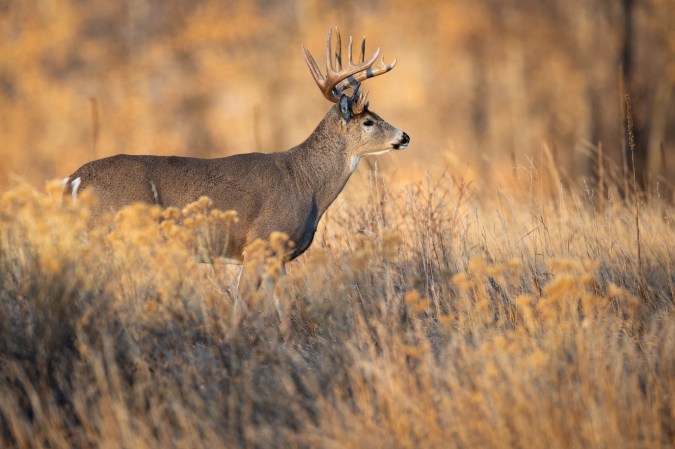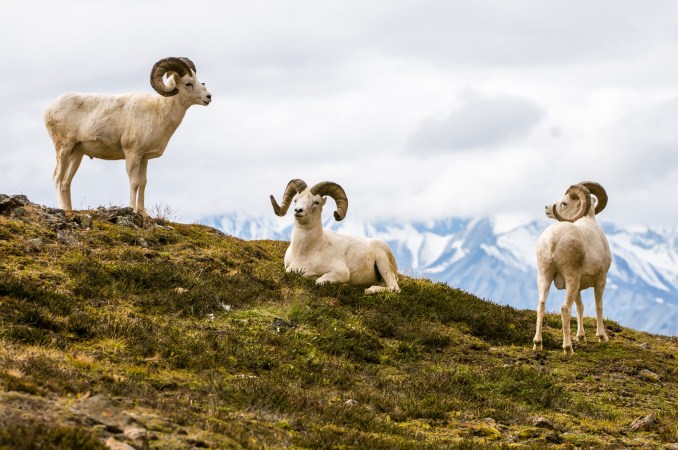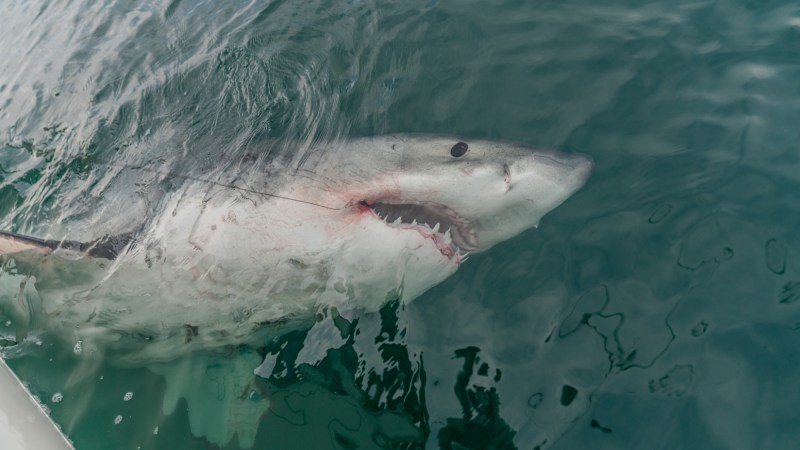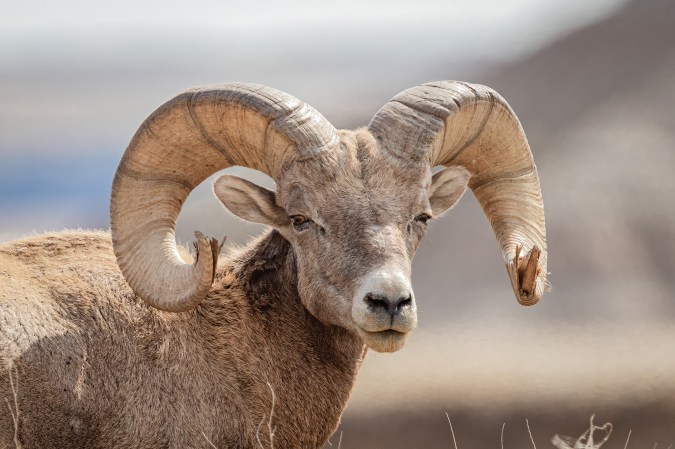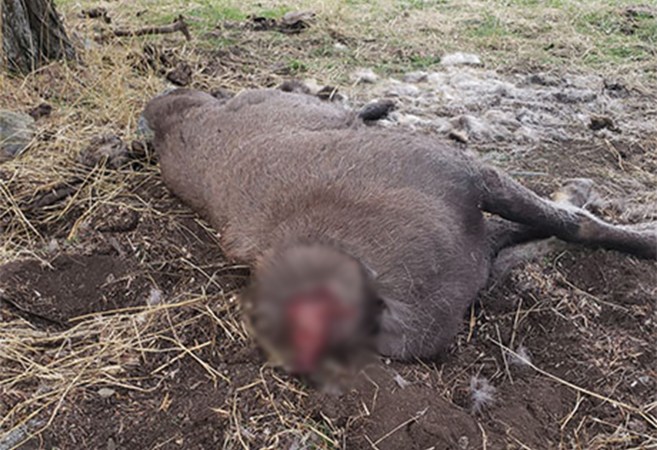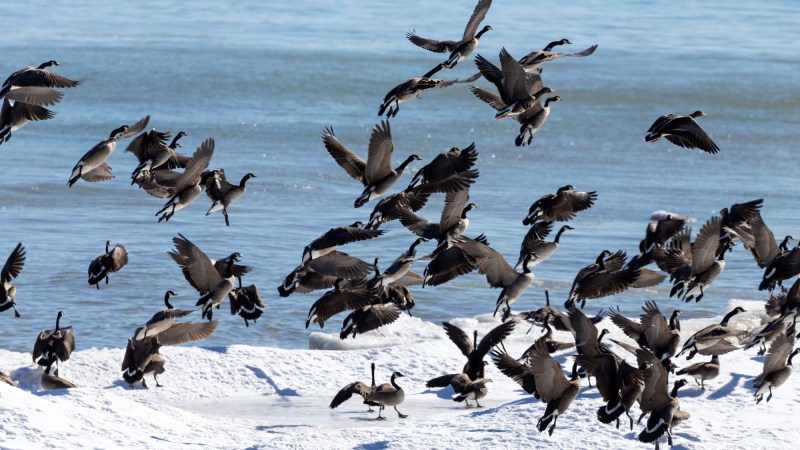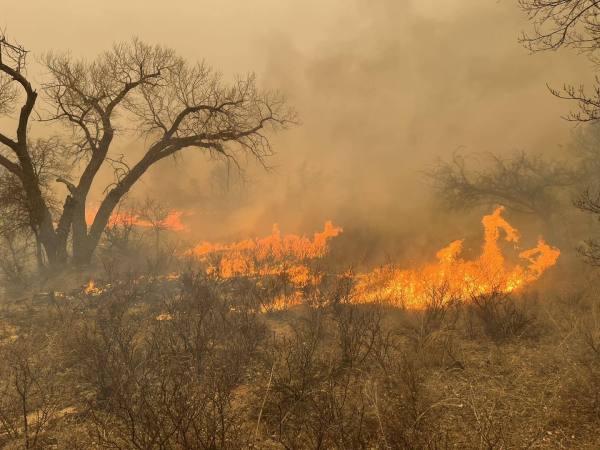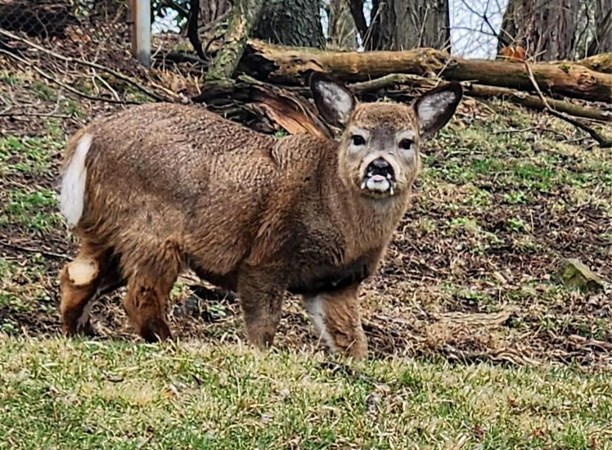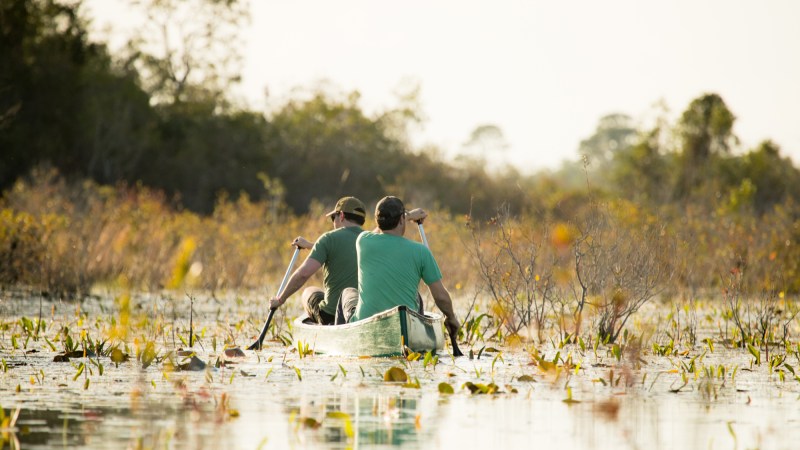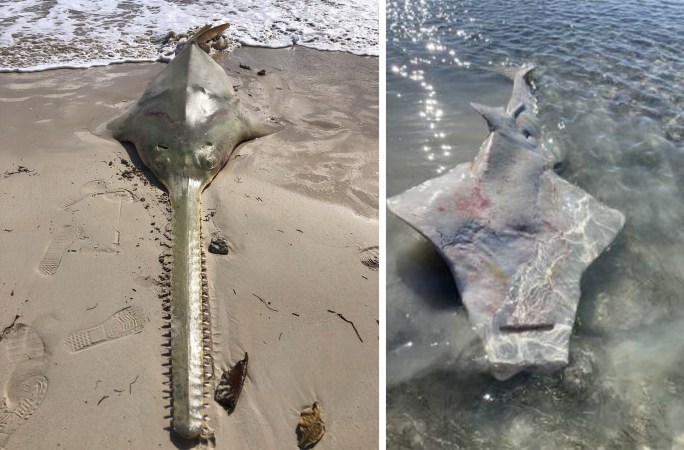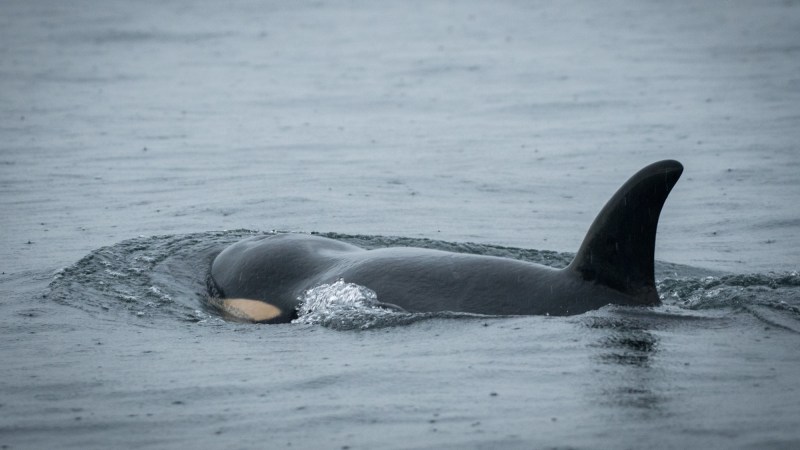Alaska’s second largest airport is putting effort and resources into avoiding airplane-wildlife collisions — namely by bringing a $70,000 robotic dog named “Aurora” onto the team to scare wildlife away from runways in Fairbanks, the Alaska Department of Transportation and Public Facilities announced in mid-March.
Aurora is named for the design on the robot’s body, which is meant to look like the northern lights, or aurora borealis.
“Aurora is the first of its kind wildlife hazard reduction robot,” AKDOT program manager Ryan Marlowe told the Alaska State Legislature Committee on Transportation on March 19. “It will be used in Fairbanks for the sole purpose of clearing wildlife. This will give us the ability to test routine, every-hour-on-the-hour … clearing out the infield.”
USDA biologists would deploy the robot, built by Boston Dynamics, to sweep natural areas near the four runways at Fairbanks International Airport. Aurora would also carry an automatic dependent surveillance–broadcast system, also known as ADS-B, to communicate its location with pilots and air traffic controllers, Marlowe said. He also mentioned that Aurora’s efficacy at Fairbanks International Airport could lend to using the same robot at other airports, as well.
“We can make it look like a coyote, or a fox,” Marlowe says. “The sole purpose of this is to act as a predator and allow for us to invoke that response in wildlife without having to use other mitigation. It will be a first of its kind for the FAA and with the community.”
Aurora’s construction and implementation was funded with a Federal Research Grant, according to an AKDOT Instagram post. Commenters on the post were largely critical of the robot and the movement as a whole, calling it a waste of state resources. One commenter even argued that using a robot to deter wildlife was a job one person could do with living dogs. (Currently, Alaska employs humans and loud noises, like paintball guns, to deter wildlife from nearby runways.)
Read Next: This Happened to Me: I Flew a Plane with Zero Training
In his presentation, Marlowe recalled the story of Capt. Chesley Sullenberger, who made an emergency landing with an Airbus A320 full of passengers on the Hudson River in 2009 after a flock of geese compromised both engines during take-off from LaGuardia Airport. Bird and other wildlife deterrence is important for safer airport operations. But in Alaska, other proposed plans like flying drones to spray wildlife with grape juice and releasing pigs into airport infields to eat bird eggs didn’t quite meet the mark, the Associated Press reported.
In 2023, the FAA Wildlife Strike Database recorded 93 wildlife collisions with airplanes in Alaska. Of those, only two of them were non-bird wildlife, both muskrats. Some 19,623 collisions occurred nationwide that same year.

